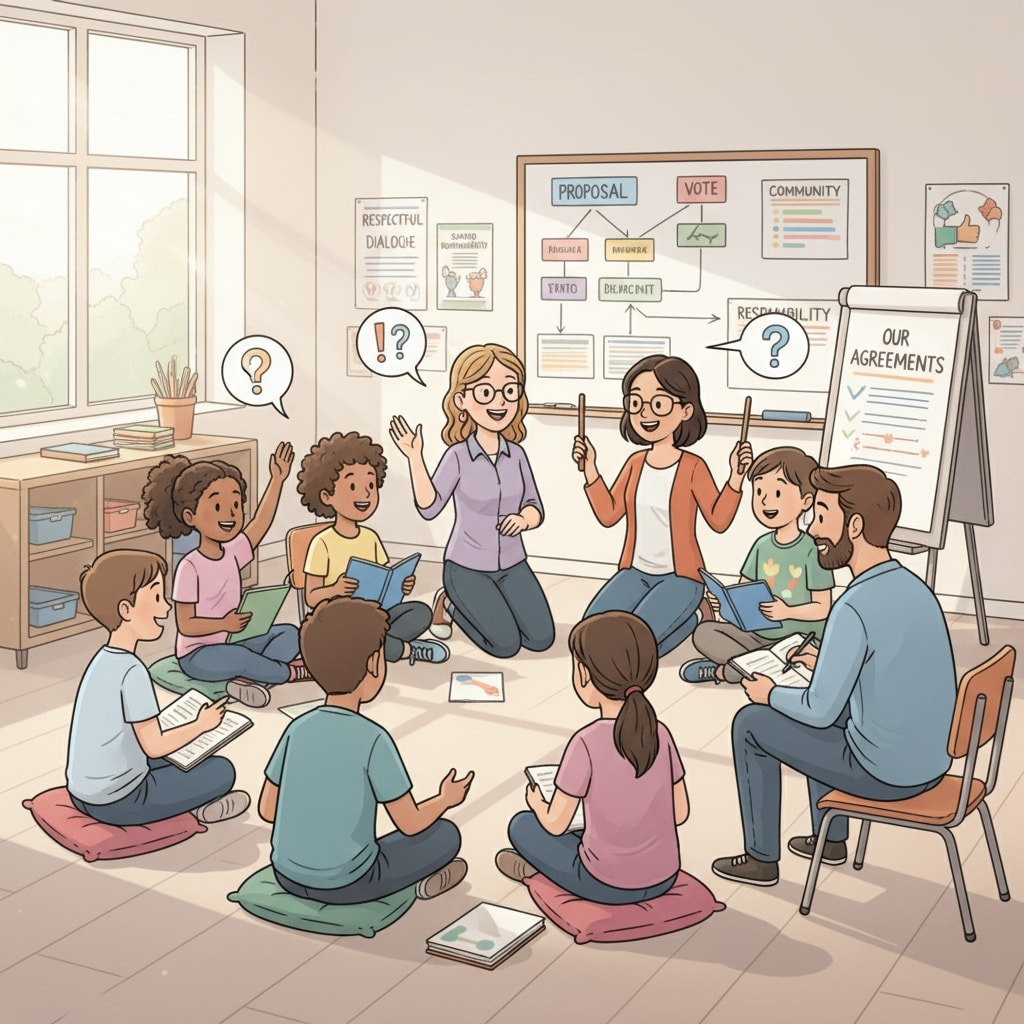Non-traditional school leadership structures, democratic schools, and teacher-led schools are revolutionizing the educational landscape. In today’s rapidly evolving world, the traditional hierarchical model of school leadership is being challenged, giving rise to alternative approaches that prioritize collaboration, student voice, and teacher empowerment. This article takes a deep dive into the non-traditional school leadership structures in Australia, the United Kingdom, and the United States, examining how these schools function without a typical principal position and what lessons can be learned for K12 education变革.

The Rise of Non-traditional Leadership in Education
In recent years, there has been a growing movement towards non-traditional leadership models in education. These models aim to break away from the top-down, authoritarian approach of traditional school leadership and instead foster a more inclusive, democratic, and collaborative environment. For example, democratic schools give students and teachers equal say in decision-making processes, while teacher-led schools empower teachers to take on leadership roles and shape the educational direction of the school. As a result, these schools often experience higher levels of student engagement and teacher job satisfaction.
Democratic Schools: A Model of Shared Governance
Democratic schools operate on the principle of shared governance, where every member of the school community, including students, teachers, and parents, has an equal voice in decision-making. In these schools, there is no single leader in the traditional sense. Instead, decisions are made through a democratic process, such as school-wide meetings or student councils. This approach not only gives students a sense of ownership and responsibility but also promotes critical thinking and active citizenship. For instance, at the Sudbury Valley School in the United States, students have the freedom to choose their own courses of study and participate in the governance of the school. Democratic school on Wikipedia

Teacher-led Schools: Empowering Educators
Teacher-led schools shift the focus from a central principal figure to a collective leadership model led by teachers. In these schools, teachers take on various leadership roles, such as curriculum development, professional development, and school management. This empowers teachers to have more control over their teaching practice and the overall direction of the school. For example, in some schools in Australia, teachers form leadership teams to make decisions about educational policies and initiatives. As a result, these schools often see increased teacher motivation and innovation in the classroom. Teacher education on Britannica
In conclusion, non-traditional school leadership structures, democratic schools, and teacher-led schools offer valuable alternatives to the traditional model of school leadership. By promoting collaboration, student voice, and teacher empowerment, these models have the potential to transform K12 education and create more inclusive and engaging learning environments. As educators and policymakers continue to explore new ways to improve education, it is essential to learn from these innovative practices and consider how they can be adapted to meet the needs of different communities.
Readability guidance: Using short paragraphs and lists helps summarize key points. Each H2 section can include a list for better clarity. Controlling the proportion of passive voice and long sentences, and adding transition words throughout the text, makes the article more readable and coherent.


